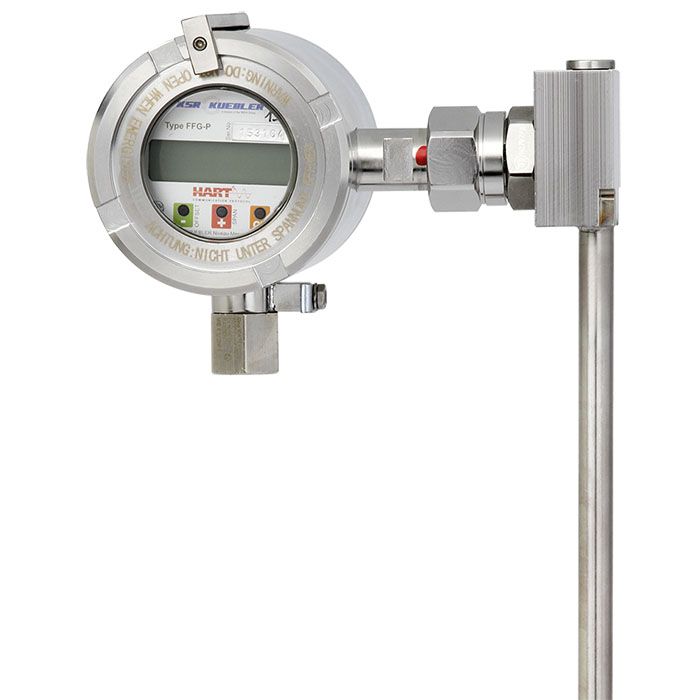
WIKA Model BLM Magnetostrictive sensor For bypass level indicators
2015-06-17 23:49:08
Description:
Model BLM Magnetostrictive sensor For bypass level indicators……
New Products
OMRON CS1W-CN133 CS1 I/O Connecting Cable
OMRON CS1W-CN133 CS1 I/O Connecting Cable. Connects CS1 Expansion I/O Backplanes to CPU Backplanes or other CS1 Expansion I/O Backplanes.
OMRON CS1W-AD041-V1 CS1W series Analog Input Unit
OMRON CS1W-AD041-V1 CS1W series Analog Input Unit. Contact us to learn more about the OMRON CS1G/CS1H/CS1W/CS1D SYSMAC CS1 Programmable Controller.
OMRON CS1H-CPU63H CS1H CPU Unit
OMRON CS1H-CPU63H CS1H CPU Unit. Omron CS1 Series is widely used in industrial automation applications such as production line control, process monitoring, packaging, material handling, and power plant systems.
OMRON CS1G-CPU42H CS1G CPU Unit
OMRON CS1G-CPU42H CS1G CPU Unit. Ideal for control of power generators, water supply utilities, 24/7 production.
Assortments
Description
Applications
Sensor for continuous level measurement of liquids in bypass level indicators
Chemical, petrochemical, offshore industries
Shipbuilding, machine building
Power generating equipment, power plants
Pharmaceutical, food, water treatment, environmental engineering industries
Special features
Continuous level measurement on the outside of the bypass
2-wire technology 4 ... 20 mA
Measured value output via digital interface and a selectable measured value as analogue signal
Case from stainless steel (display from glass)
Magnetostrictive level measuring instrument with high resolution
Description
Level sensors with a magnetostrictive, high-resolution measuring principle are used for continuous level measurement of liquids and are based on determining the position of a magnetic float following the magnetostrictive measuring principle. The sensors are mounted on the outside of a bypass level indicator.
The measuring process is triggered by a current impulse. This current produces a circular magnetic field along a wire made of magnetostrictive material, which is held under tension inside the sensor tube. At the point being measured (liquid level) there is a cylindrical float with permanent magnets acting as a position transducer, whose field lines run at right angles to the impulse magnetic field. This magnetic field of the float tensions the wire.
The superposition of these two magnetic fields triggers a mechanical wave in the wire. This is converted into an electrical signal at the end of the wire in the sensor housing by a piezoceramic pick-up.
By measuring the elapsed transit time, it is possible to determine the start point of the torsional stress wave and therefore the float position with a high degree of accuracy.
